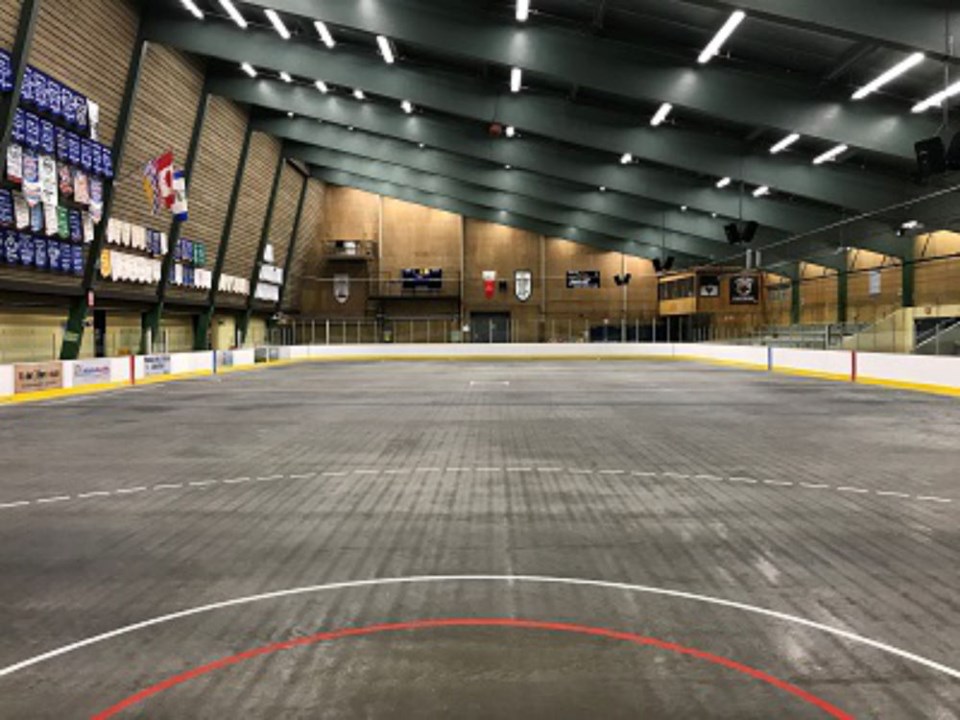It could cost Port Moody almost $6 million to achieve its goal to reduce the city's greenhouse gas emissions by 80 pe rcent from 2017 levels in the next seven years, and 97 per cent by 2040.
And while that's not the cheapest option towards fulfilling the city's commitment to its climate ready homes and buildings plan council adopted in September 2022, it does provide the best bang for the buck according to a staff report to be considered by council's city initiatives and planning committee on Tuesday, Sept. 5.
Arzan Balsara, Port Moody's senior sustainability and energy coordinator, said in a report the city enlisted consulting firm Prism Engineering to complete an assessment of 22 civic facilities to determine how their carbon emissions can be reduced along with the potential costs and savings for each.
The company identified four options with incremental costs prior to 2030 ranging from $723,800 to more than $6.8 million.
But, said Balsara, the low-end option doesn't include the redesign and replacement of the ice plant, heating and dehumidification systems at Port Moody's recreation complex — the city's largest source of greenhouse gas emissions.
As a result, he said, Port Moody would only be able to achieve 41 per cent of its goal to reduce those gases by 2030 and 54 per cent by 2040.
Conversely, the most expensive option would involve the replacement of some equipment up to 10 years before the end of its serviceable life.
Balsara said while prioritizing more projects sooner would help the city accrue financial savings earlier, they wouldn't have a significant impact on accelerating the overall goal to reduce greenhouse gas emissions.
A fourth option, to spread the costs of capital projects out more evenly and hold off on updating the recreation complex until 2040, would cost the city $1.835 million prior to 2030 but then balloon to total more than $12.85 million to hit the 2040 target.
Balsara said once council decides on which path to follow, staff will determine how to fund the various projects.
"However," he added, "based on the programs available at this time, staff only anticipate grant funding will be available for approximately 25 per cent of the project costs."



